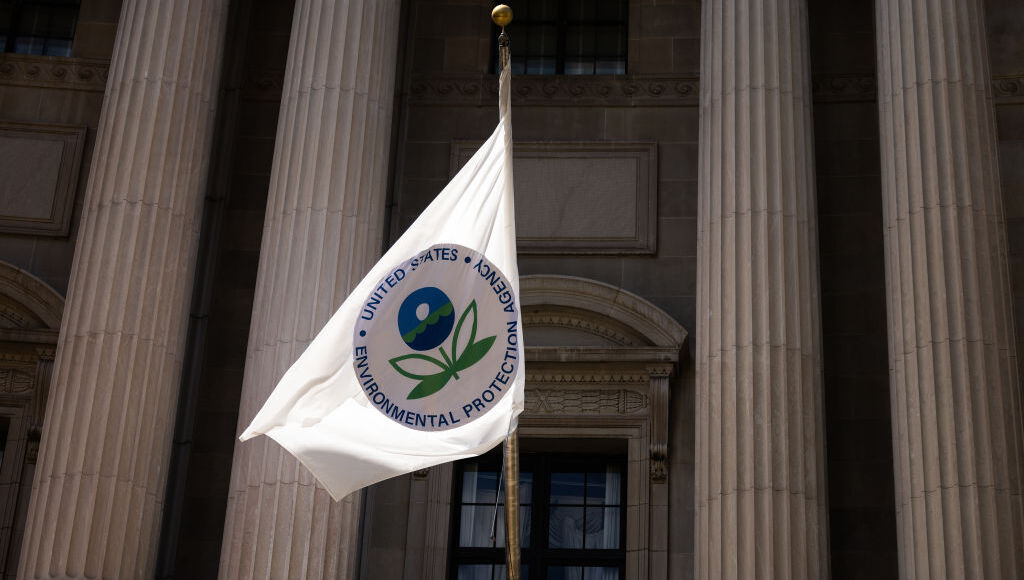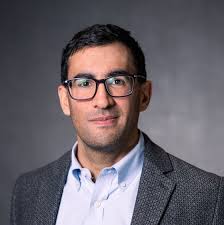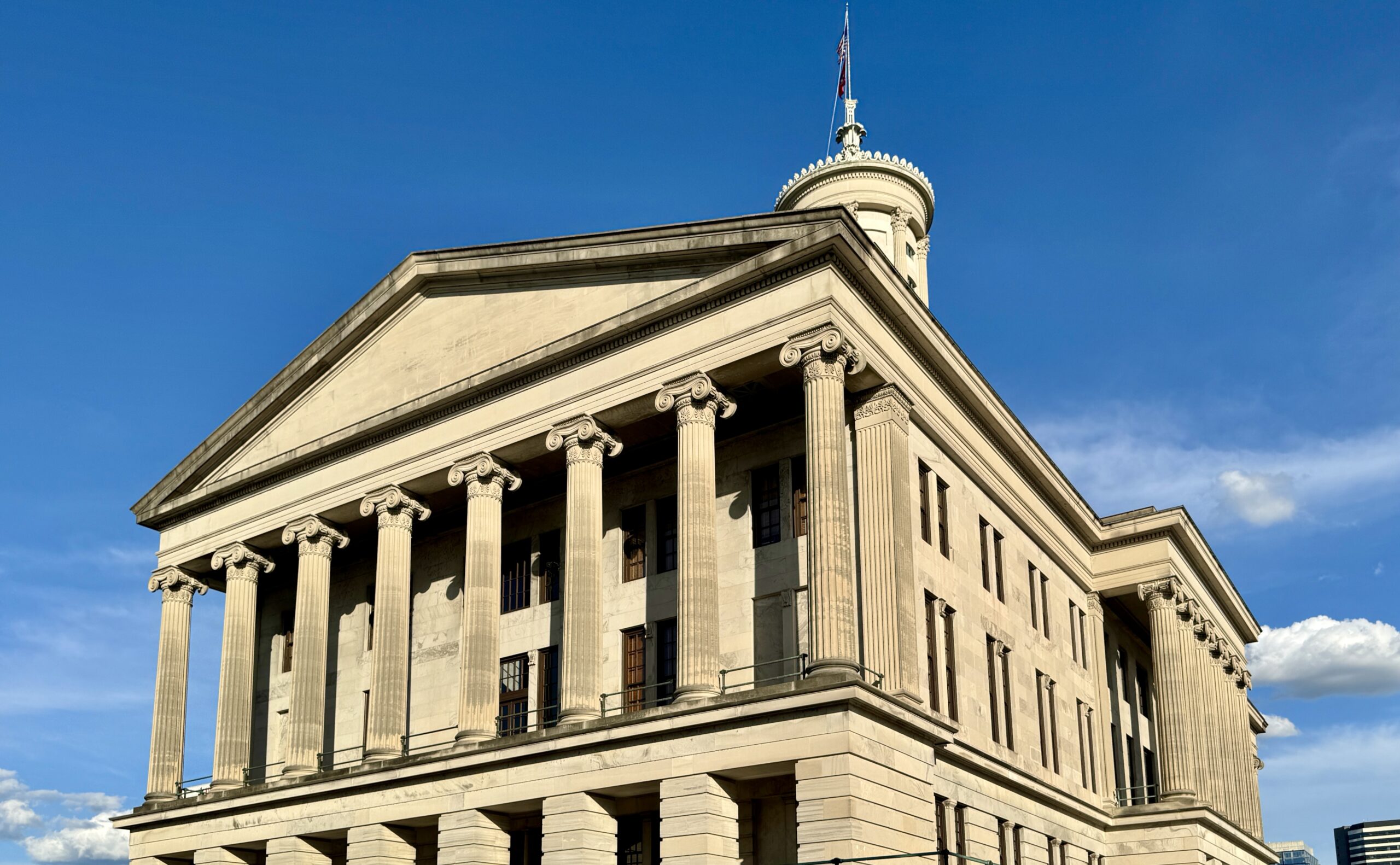News Reaction
US Environmental Protection Agency Shines Spotlight on “Make Sunsets”
The US EPA says it wants to evaluate whether a “geoengineering start-up” is subject to the Clean Air Act – raising questions about its approach towards solar geoengineering, and how and when it chooses to enforce pollution standards.

Photo: Tierney L. Cross
The US Environmental Protection Agency (EPA) on 15 April said it had submitted an information demand to “Make Sunsets”, a US company that sells “cooling credits” in return for releasing sulphur dioxide from latex balloons into the stratosphere.
The request gives Make Sunsets 30 days to answer a set of questions about its balloon launches and the materials released, to evaluate whether it is subject to the Clean Air Act by adversely impacting air quality.
“The idea that individuals, supported by venture capitalists, are putting criteria air pollutants into the air to sell ‘cooling’ credits shows how climate extremism has overtaken common sense”, EPA Administrator Lee Zeldin said in a press release. “Based on Make Sunsets’ responses to our information request, we will look into all our authorities to ensure that we continue maintaining clean air for all Americans.”
This development follows recent proposals to ban solar geoengineering – a set of ideas to cool the planet by reflecting a small fraction of sunlight back to space – in US states. Bills have been proposed in 31 US states so far, though only Tennessee has so far adopted a ban.
The Mexican government also announced in 2023 that it would ban solar geoengineering in response to reporting on Make Sunsets’ activities in the state of Baja California, although no further details of that ban have been forthcoming.
We asked three experts and Luke Iseman of Make Sunsets to share their reactions to the news and how it might affect SRM research and governance.

Daniele Visioni
Assistant Professor of Earth and Atmospheric Science
Cornell University
There are coal plants in the USA that emit over 20 tons of sulfate into the atmosphere every day. Make Sunset has launched a few balloons that might or might not have had a few pounds of sulfate in them. While this doesn’t absolve anyone from having to report and monitor what they do, if EPA was really concerned about air pollution, it would focus on those larger sources and not peddle false narratives about “clean coal”.
That said, I am always glad if we talk more, publicly, about geoengineering. All the theoretical and modeling research we do is public; international reports detailing what we know and don’t know about it are available for all to read. But to talk meaningfully about it, and why one would even consider it, one needs to take climate science and atmospheric chemistry seriously. Let’s push this conversation forward and make decisions about it on a robust basis.
Daniele Visioni is a climate scientist with expertise in the behaviour of stratospheric aerosols and how they interact with atmospheric chemistry and the climate. He is currently an Assistant Professor at Cornell University in the Department of Earth and Atmospheric Science and a Cornell Atkinson Faculty Fellow.

Tracy Hester
Instructional Professor
University of Houston Law Center
Legally, it’s an odd duck. Even though NOAA can get this information under the National Weather Modification Reporting Act, EPA has demanded it under the Clean Air Act – which doesn’t squarely apply, and doesn’t offer a clear path to regulate these launches. EPA’s press release also casts Make Sunsets as a “questionable startup” supported by venture capitalists that shows how “climate extremism has overtaken common sense”, which injects a troubling political tone into discussions on solar radiation management governance. We need to talk candidly and clearly about how to oversee research, testing and detection of these technologies, and this information request is at best a murky first step.
Professor Tracy Hester teaches environmental law at the University of Houston Law Center, where he co-directs the Law Center’s Environment, Energy & Natural Resources Law Center. His research focuses on the innovative application of environmental laws to emerging technologies and unanticipated risks.

Jennie Stephens
Professor of Climate Justice
National University of Ireland Maynooth
Given the many different ways that the Trump administration is attacking environmental policy, public health protections, and climate research, it is likely that the EPA’s recent request for information from one of the start-up companies trying to profit by selling unregulated “cooling credits” is motivated more by climate denialism than concern about the dangers of SRM.
But the dangers of advancing solar geoengineering – what this company is trying to profit from – are real.
Despite widespread concern and mistrust of these approaches, SRM proponents – mostly elite male scientists backed by wealthy Silicon Valley tech bros who see money-making opportunities in new technological approaches to “fix” the climate – have been leveraging their wealth and power to get the US government and other powerful entities to support SRM.
The emergence of these solar geoengineering start-up companies demonstrates: (1) the ineffectiveness of market-based climate governance and (2) the injustices of climate research that prioritizes technical fixes that give more power to those who already have power.
This is why so many are calling for a transformative climate justice approach to climate governance – an approach based on economic justice, ecological health and human well-being.
Jennie C. Stephens is Professor of Climate Justice at the ICARUS Climate Research Centre at the National University of Ireland Maynooth. Her work explores how to mobilise transformative change by diversifying leadership, redistributing wealth and power, and moving beyond technocratic solutions.

Luke Iseman
Co-founder and CEO
Make Sunsets
The EPA issues a press release about asking a 2-person startup for information the same week that they relax rules for emissions from coal plants… totally a coincidence, right? This is obvious political theater: Lee Zeldin is trying to trick Nicole Shanahan and others worried about the quality of their air… as he makes it measurably worse.
Before EPA should even consider a Clean Air Act inquiry, we should be a point source emitter measurably impacting ground-level air quality. The EPA publishes “De Minimis Emission Threshold Rates”; for SO2, this amount appears to be 100 tons per year. Our biggest balloon to date? 3.1 kg, which is less SO2 than a cross-country flight. Drinking an average glass of wine, firing a black-powder round, or launching a roman candle all expose you to more SO2 than our balloons.
It should surprise nobody who’s followed our progress that we will continue to (legally, safely) deliver Cooling Credits to our (875+!) paying customers. We’re happy to participate in the democratic process of debating and creating new legislation. However, we will not be deterred by grandstanding administrators intentionally distorting existing laws; we’ve got a planet to cool!
Luke Iseman is co-founder and CEO of Make Sunsets, a US company that sells “cooling credits” in return for releasing sulphur dioxide from latex balloons into the stratosphere. Prior to founding Make Sunsets in 2022, Luke was the director of hardware at Y Combinator and co-founded several companies.
The views expressed by Perspective writers and News Reaction contributors are their own and are not necessarily endorsed by SRM360. We aim to present ideas from diverse viewpoints in these pieces to further support informed discussion of SRM (solar geoengineering).



